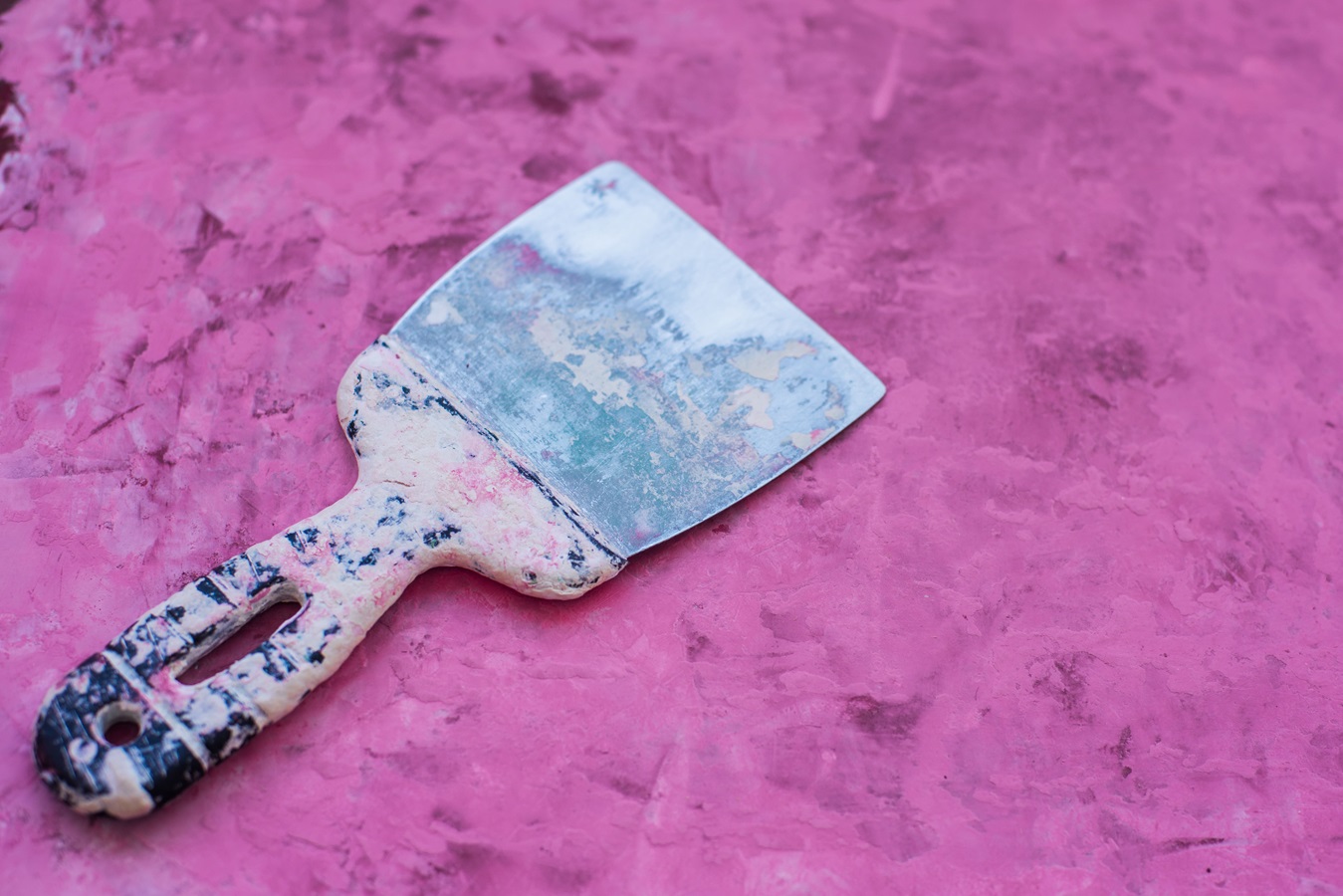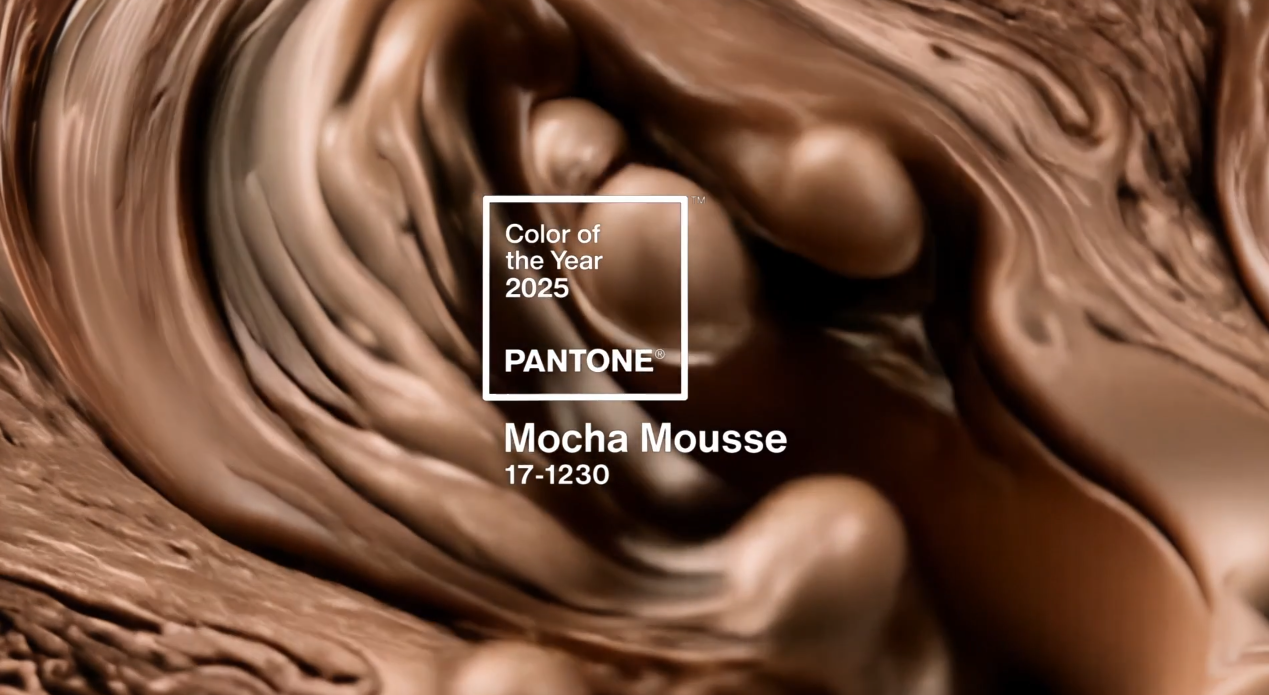When a section of surface loses its original loveliness under layers of old paint, it is simple to just apply another coat and forget about it. But experienced professional painters in Sydney know that proper paint stripping is most often the secret to restoring a wall, door, or a section of furniture to its former glory. Stripping away the existing finish not only brings out the beauty of the underlying material but also provides a fresh slate upon which to place a new, long-lasting finish.
Let’s dive into the article to know more about paint removal from different surfaces.
Assessing the Condition of Your Surface
Every successful paint removal job starts with a close inspection. Wooden trims, plaster walls, brickwork, and metal railings all respond differently to stripping methods. Look for signs such as paint bubbling from moisture trapped underneath, deep cracks, or a chalky residue that suggests the paint is breaking down. By identifying these issues early, you can choose the safest and most effective removal method.
Choosing the Right Removal Technique
There isn’t one way to remove paint, and that’s why it is so important to find your method with the surface material and paint type. Heat guns, chemical strippers, sanding tools, and even eco-friendly soy-based gels all have their applications in the renovator’s tool shed. Heat guns, for instance, are ideal for oil-based paints that are tough but should be used with caution on delicate wood in order to avoid charring. Chemical strippers melt coats in little time, but must be ventilated and have protective gear.
Preparing the Workspace
Before diving into the task, set yourself up for success. Lay down drop sheets to catch debris, move nearby furniture, and ensure you have good lighting to spot every patch of stubborn paint. If you’re working indoors, keep windows open or use fans to maintain airflow. A tidy, organised space not only makes the job easier but also keeps dust and fumes from spreading to other parts of your home.
Using Heat for Stubborn Layers
One of the most effective ways to loosen old paint is with controlled heat. A quality heat gun or infrared paint remover can make layers bubble up so they can be scraped away with minimal force. The key is to keep the tool moving — holding heat in one spot for too long risks damaging the surface underneath. This method is especially helpful for intricate mouldings where sanding would be too aggressive.
Working with Chemical Strippers
Chemical removers come in liquid, gel, and paste forms for varying applications. Gels work well on vertical surfaces as they are not drippy and cling well; items that work like a paste are ideal for intricate carvings. Be sure to follow the instructions for any chemicals. Once the paint is soft, scrape off with a scraper or a putty knife; try not to gouge out the material underneath in the process.
Going Dust-Free with Eco-Friendly Products
For those concerned about harsh chemicals, there are now biodegradable paint strippers made from plant-based ingredients. These products take longer than normal removers to work, but provide a healthier option for your environment as well as your wellbeing. They’re ideal for indoor projects where ventilation isn’t an option, or for delicate surfaces that need a gentle touch.
Sanding for a Smooth Finish
When most of the paint is gone, sanding levels the surface and removes the remaining residue. Work with a coarse grit to tackle heavy-texture areas, then switch to a finer grit for a smooth, paintable finish. Electric sanders can speed the process on broad flat areas, but around edges and corners, hand sanding is more controlled.

Dealing with Lead Paint Safely
In homes built before the 1970s, there’s a strong chance that older paint layers contain lead. Disturbing lead paint without proper precautions can release harmful particles into the air. If you suspect lead, it’s wise to get the paint tested. In confirmed cases, wear a P2 respirator, seal off the workspace, and use methods that minimise dust, such as wet scraping or chemical stripping.
Restoring Wood Surfaces
Wood, with its natural grain and warmth, benefits greatly from thorough paint removal. Once stripped, you may discover the wood is beautiful enough to be stained instead of repainted. After removing the paint, clean the wood with mineral spirits to remove any stripper residue, then allow it to dry completely before applying your finish.
Reviving Metal Fixtures
Metal railings, gates, or furniture often suffer from peeling paint and rust. For these, a combination of chemical stripper and wire brushing works well. After the paint is gone, use a rust converter or primer to prevent future corrosion. This extra step ensures your hard work isn’t undone by weather or moisture.
Cleaning and Neutralising the Surface
After the use of chemical strippers, the surface needs to be neutralised as indicated on the product label. This could involve rinsing with water or wiping with a specific solvent. Omission of this process leads to problems with adhesion of new paint or finishes.
Priming for Perfection
A well-prepared surface deserves a quality primer. Primer seals porous surfaces, compensates for colour irregularities, and enhances the topcoat’s bond. For wood, an oil-based primer when using oil paint, or an acrylic primer of high quality for water-borne paints. For metal, rust-inhibiting primers are the best.
Protecting Yourself During the Process
Paint stripping is messy and potentially hazardous with some chemicals. Safety glasses, gloves, and a dust mask or respirator are essential. Long-sleeved shirts protect your skin from splatters, and knee pads make working on the floor more comfortable. These are small things, but they’re the difference between a safe do-it-yourself project and one that lands you in the emergency room.
Time-Saving Tips from Professionals
Experienced tradespeople often work in sections rather than tackling an entire wall or piece of furniture at once. This prevents the stripper from drying out before you scrape it. They also keep multiple tools on hand — wide scrapers for big areas and smaller detail scrapers for corners and curves. Switching tools as you go speeds up the process and gives a cleaner result.
Bringing Surfaces Back to Life
The true pleasure of paint stripping is when you witness a surface being transformed. That worn-out door suddenly reveals solid wood worth displaying. A cast-iron fireplace can regain its patterned detail. Even an ordinary window frame, once entombed beneath decades of paint, can appear brand new after painstaking restoration.
Maintaining the Fresh Finish
Once your surface is stripped, repaired, primed, and painted (or stained), maintenance becomes key. Keep the area clean, touch up chips promptly, and inspect regularly for signs of wear. These small efforts extend the life of your work and save you from starting the paint removal process all over again too soon.
Final Thoughts
Restoring a surface by stripping off old paint isn’t just about appearance — it’s about saving materials from the dump. With the right tools, techniques, and protective gear, you can uncover hidden loveliness after years of hiding. Whether you are restoring a historic home, antique furniture, or a metal door, delicate paint stripping gives way to results that actually last.

